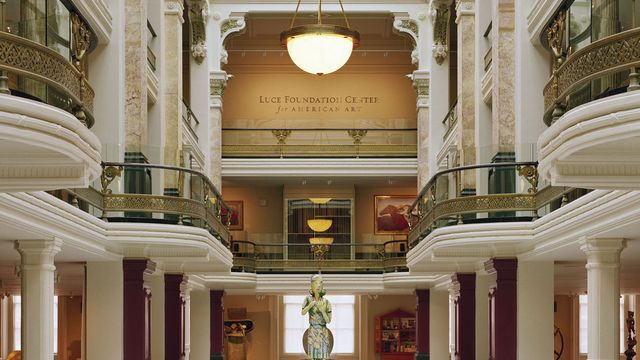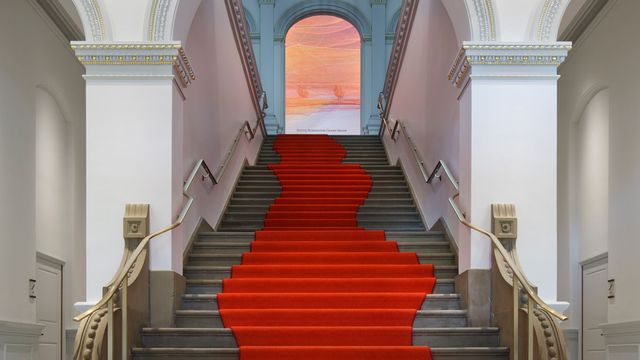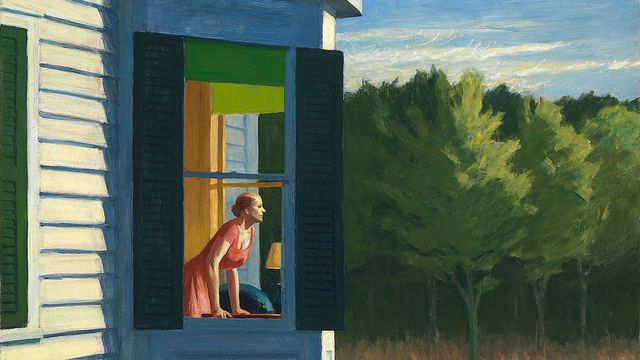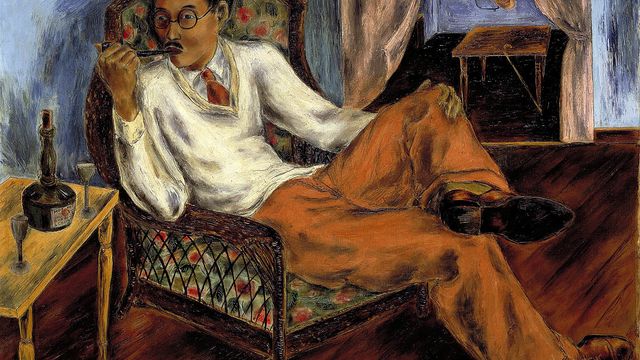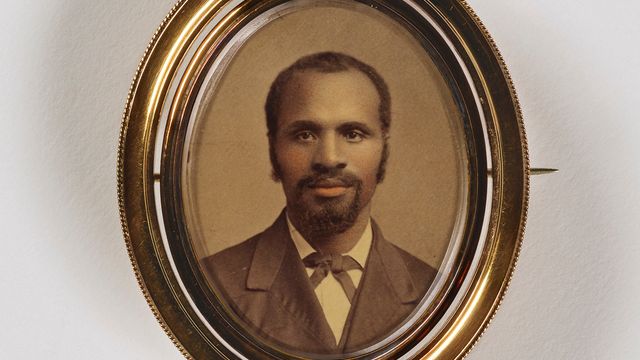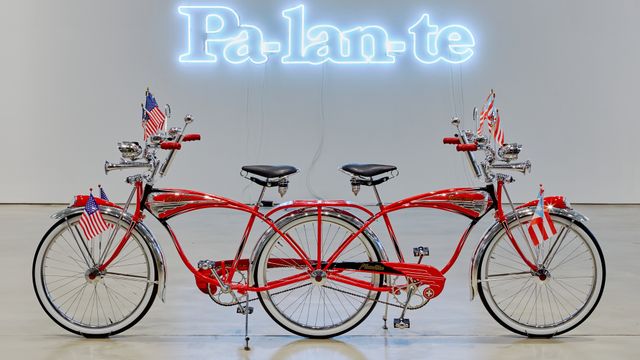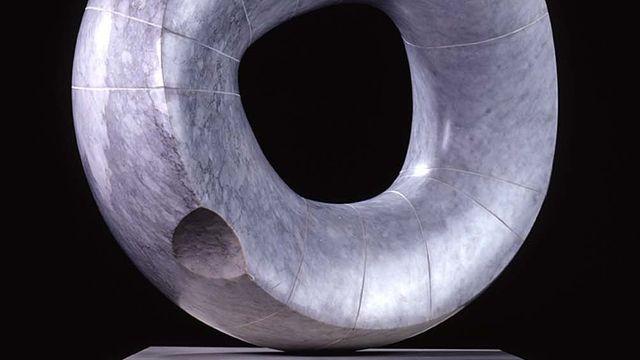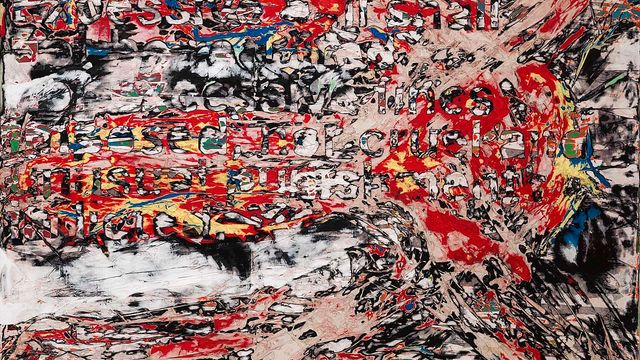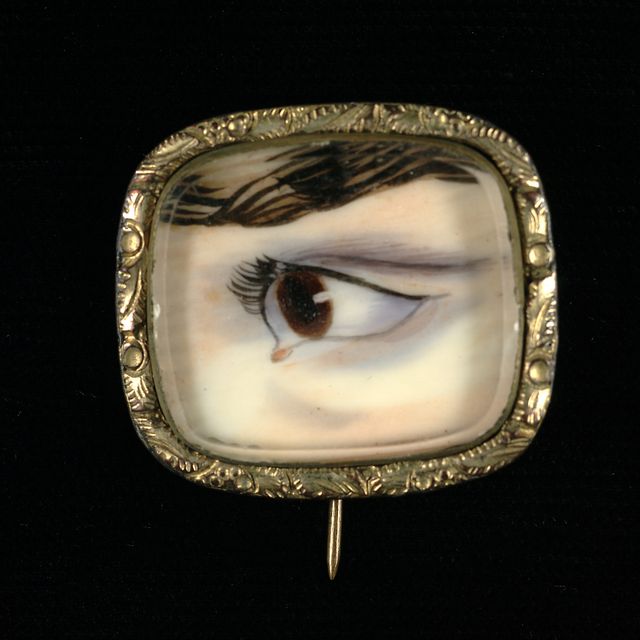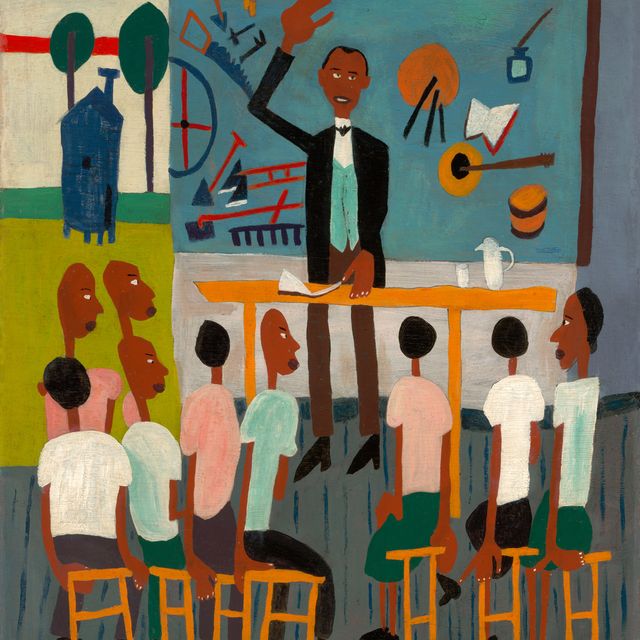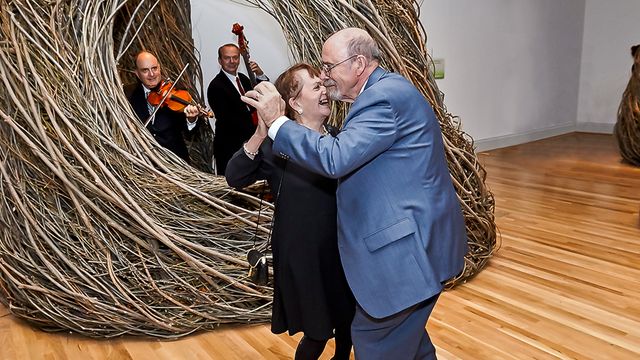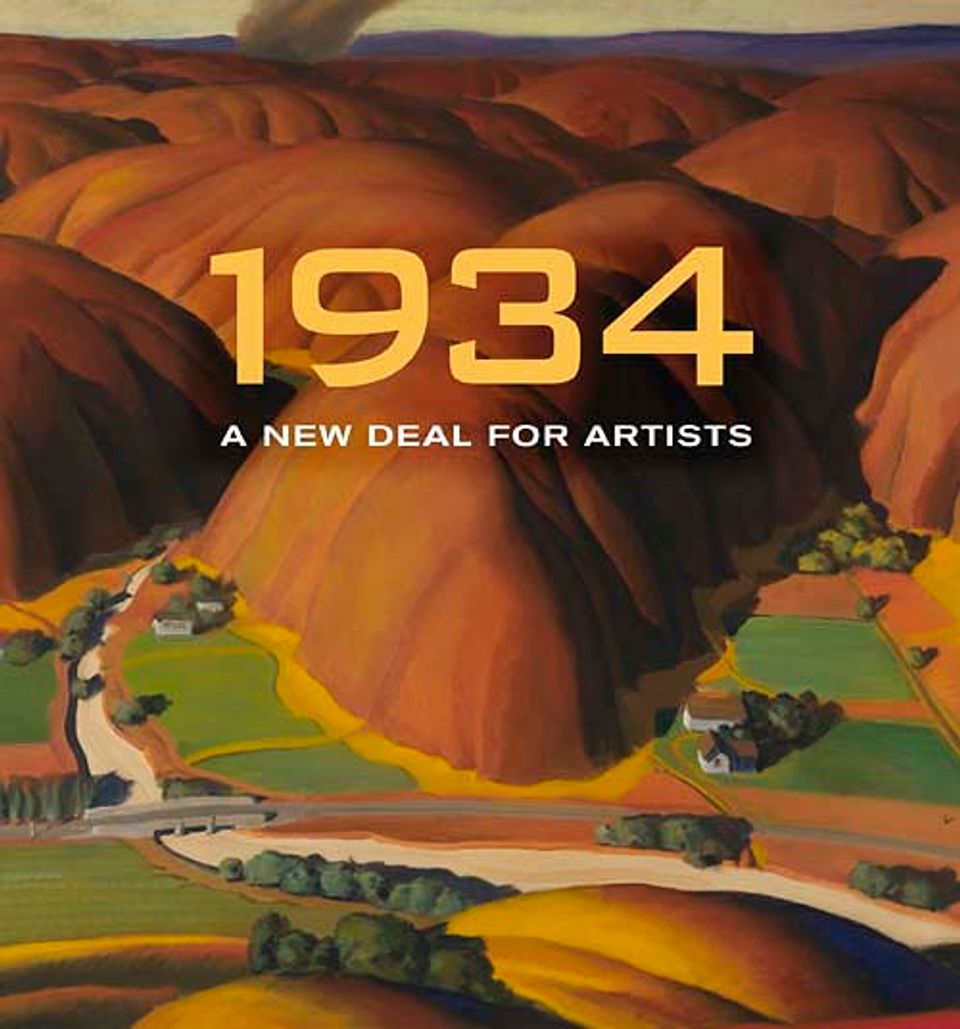Paul Kirtland Mays, Jungle, 1933-1934, oil on canvas, 42 1⁄4 x 75 1/2in. (107.3 x 191.7cm), Smithsonian American Art Museum, Transfer from the U.S. Department of the Interior, National Park Service, 1965.18.51
Copied
Artwork Details
- Title
- Jungle
- Artist
- Date
- 1933-1934
- Location
- Not on view
- Dimensions
- 42 1⁄4 x 751/2in. (107.3 x 191.7cm)
- Credit Line
- Transfer from the U.S. Department of the Interior, National Park Service
- Mediums
- Mediums Description
- oil on canvas
- Classifications
- Subjects
- New Deal — Public Works of Art Project — Pennsylvania
- Landscape — tropic
- Animal — monkey
- Animal — deer
- Landscape — forest
- Object Number
- 1965.18.51
Artwork Description
1934: A New Deal for Artists exhibition label

